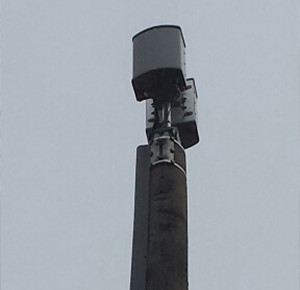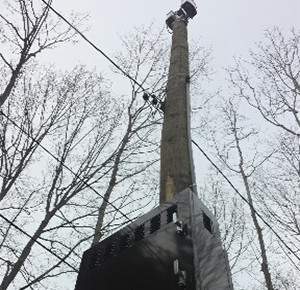The Telecom Act of ’96, FCC Guidelines Related to Health Issues
Section 704 of the Telecommunications Act of 1996
For decades, municipalities were able to regulate uses and structures within its boundaries based upon the factors of the health, safety and welfare of the community, whether it be restricting size of buildings, or the prohibition of onerous activities, such as slaughterhouses, asphalt plants, or munitions factories.
An exception to this occurred when the Federal Government enacted the Telecommunications Act of 1996 which states that:
“No State or local government or instrumentality thereof may regulate the placement, construction, and modification of personal wireless service facilities on the basis of the environmental effects of radio frequency emissions to the extent that such facilities comply with the Commission’s regulations concerning such emissions.”
It is important to note that the courts have interpreted the “environmental effects of radio frequency emissions” to include effects on human health, as well as those upon wildlife and the ecosystem. As a result, Section 704 has prohibited municipalities from even considering the health effects from wireless radiation, no matter what evidence may exist today, or in the future. Efforts to change this federal preemption in the law have been unsuccessful to date.
Federal Communications Commission (FCC) Guidelines
Section 704 of the Telecommunications Act of 1996 states that all wireless technologies must be in compliance with FCC safety standards regarding the radio frequencies (RF) they emit and their impact on the human body. It is important to note that current FCC safety guidelines were designed for the thermal effects of radiation, or radiation that is known to cause heating, such as that from a microwave oven or a close up power source. The guidelines did not consider the large body of science on the lower intensity, non-thermal radiation such as that emitted by wireless antennas, cell phones, WiFi, wireless computer equipment, portable phones, certain smart grid technologies, WiMax, wireless baby monitors and alarm systems, and the Distributed Antenna System (DAS) which is under consideration in Matinecock. Thus, safety guidelines today are intended to be protective against only one, and not all, components of risk. Federal health and safety agencies have not yet developed policies concerning risk from long-term, non-thermal exposures.
While there are thousands of studies showing biological effects from exposures to non-thermal radiation, these studies will intentionally not be discussed on this site because they are not, by law, relevant to the discussion at hand in Matinecock (due to the federal preemption in Section 704 of the Telecommunicatins Act of 1996, referenced above).








